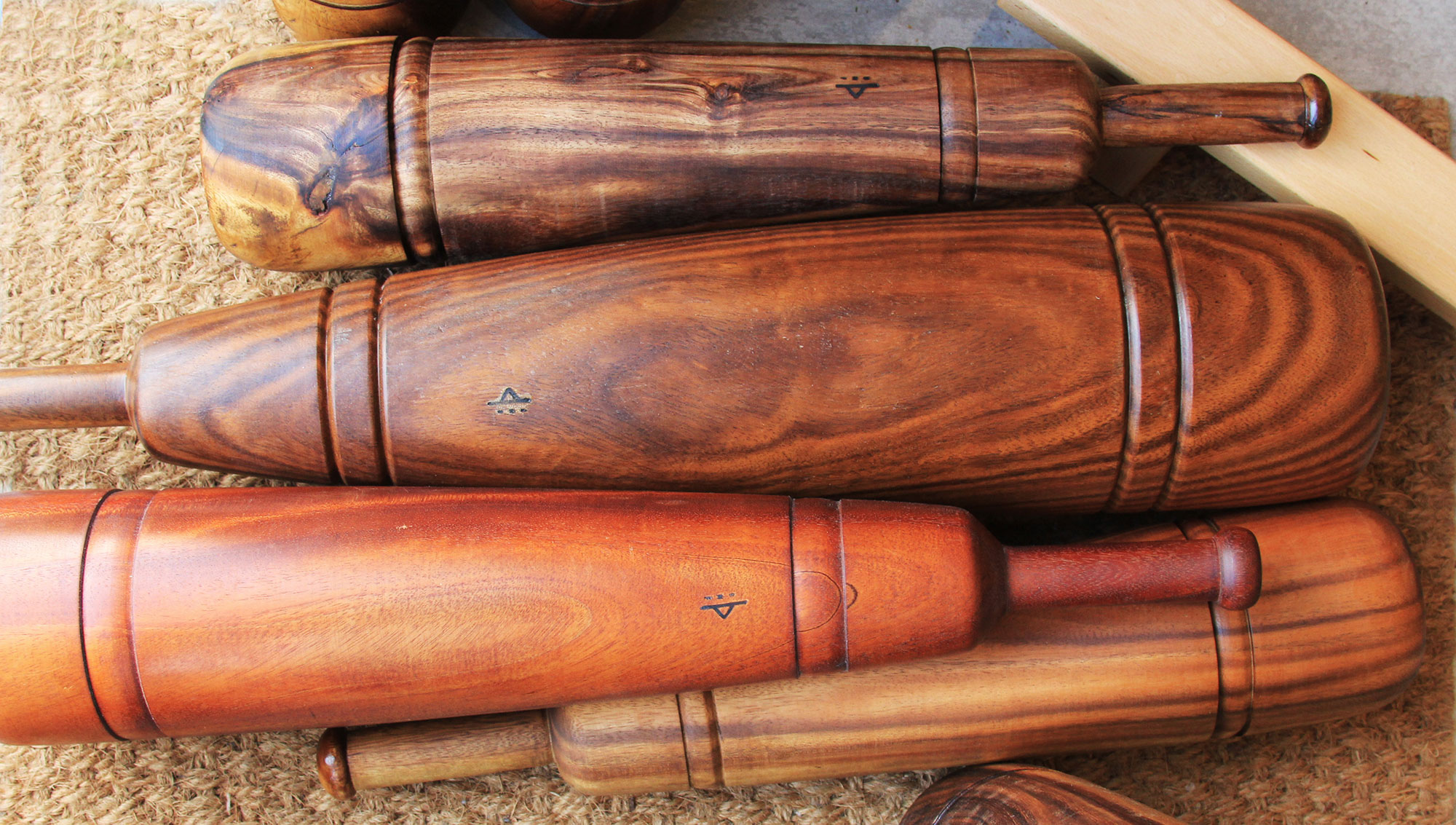First things first: What are Persian Meels?
Meels (or mils) tend to be larger than Indian Clubs, and generally weigh between 2 and 10kg each. Sometimes heavier! They originated in Persia (now Iran), as a key strength building exercise. They were developed in the 13th century during the Mughal (Mongol) occupation. During this period, Persians were not allowed to bare arms, so training spaces known as Zurkhaneh or ‘Houses of Strength’ were created under the guise of sporting arenas to enable them to maintain their strength & fighting capability.
Seven disciplines were practiced in these (sometimes secret) spaces, including Meel swinging, push-ups using raised blocks of wood (Shena), and heavy weighted shields (Sang). We could go into great detail about all of the disciplines and training equipment, but for today let’s stick to Persian Meels!
Persian Meel Training
The combination of weight with circular movements creates a resistance based physical practice that is challenging, yet dynamic & highly fluid. When practiced with dedication & determination, they will build incredible upper body, core, & grip strength as well as self-discipline.
Now, back to the original question – which Persian Meel weight do I need?
Just like selecting weights from the gym, there is no standard starting weight when it comes to buying your first (or fourth) pair of Persian Meels. Age, gender, current level of fitness, and injury history must all be taken into account before selecting Meels.
In general, a male aged between 18 to 50 with a good base level of fitness & strength should start no higher than a 6kg set (3kg each). In general, a female aged between 18 & 50 with a good base level of fitness & strength should start with a set no higher than 4kg (<2kg each). If you are male & over 50, I’d suggest starting with a 3.5 to 4kg set. Now obviously I am generalising here, and it is up to you to make an honest judgement of a suitable piece of equipment. For example, if you are a strong female Crossfitter with a regular weights practice, you are maybe ready to start with a 6kg set (3kg each) .
Now before you say, “but I can squat 100kg, I need 10kg Meels at least!” it must be remembered that Meel training is totally different to barbell training, so do not expect to swing what you squat! Persian Meel & Indian Club training is so different from most contemporary resistance movement. The circular movements combined with the distance at which most of the weight is from the body, mean that a great amount of torque is generated. The greater a weight is from the grip, the more force is exerted.
The axis of rotation is dynamic and can shift between grip, the shoulder and elbow. The torque itself is dynamic too, for example the magnitude is greatest where the relationship between axis and the force is horizontal. Add acceleration and deceleration to these forces and there is a lot to consider! It is important to remember that strength is only as good as its weakest link, and the wrist may not cope with the load as well as the shoulder. Wrist flexibility as well as strength varies for each of us, and is a widely neglected area in contemporary fitness practices. This alone, is a strong enough reason to start light.
Ultimately with all kinds of club work, far more stress is placed on the muscles and joints relative to the weight being used. And as we know, all progression of muscle growth comes down to the ability to continually put stress on the body. But be warned, putting stress on the muscles is quite different from putting stresses on the connective tissues of tendons and ligaments. Their conditioning takes much longer to develop than that of muscles. Months rather than weeks. A long but satisfying journey if you can resist the temptation to overload & potentially strain the body.
If you have reached a point at which you feel very confident practicing with your current weight of Meels, and are considering buying another pair, increase your weights in small increments – 4 to 5 to 6 to 8 to 10 to 15kg sets.
Injury & rehabilitation
It is incredibly important to seek medical advice if you have (or have recent history of) any form of injury or medical condition. If you have a shoulder, wrist, elbow, neck, or back injury, you must slowly build up strength before swinging Persian Meels. If you are looking for an appropriate movement practice for rehabilitation of any of the previously mentioned injuries, Indian Clubs on the other hand, can work brilliantly. Of course, only attempt to treat an injury following the advice of a trained physiotherapist or professional. Out of all the people I have trained with, the only trainer who has discussed at length the conditioning of connective tissues is Tom Crudgington, owner of Body Development gym in Bath.
In summary
- Start light
- Only increase Meel weight when you can perform 100 reps or 5 minutes continued practice
- Increase weight in small increments
- Maintain regular practice
- Drop back down a weight when learning a new move.
- Learn from a teacher who knows what they are talking about. And where possible, find a class or workshop. Practicing with a teacher in person cannot be compared to YouTube.
We have a wide range of Persian Meel sizes which are available here. Stock is added to frequently, so If you can’t see the size you are looking for, feel free to get in touch with me at: info@bodymind-fit.com.



Comments 3